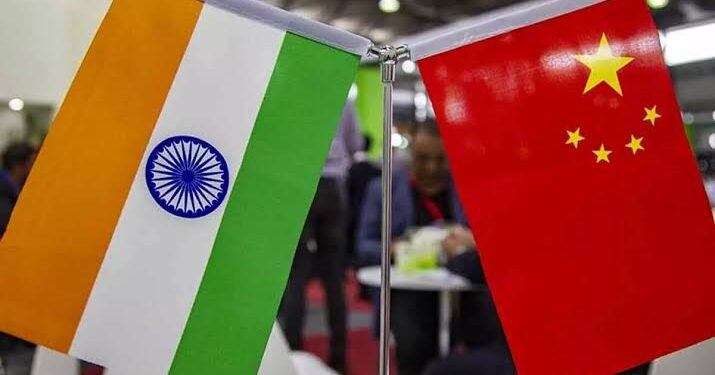India and China are set to take another step toward stabilizing their strained ties, with Lieutenant General-level border talks expected to be scheduled following Prime Minister Narendra Modi’s meeting with Chinese President Xi Jinping at the SCO summit in Tianjin from August 31 to September 1.
This comes nearly a year after the two leaders agreed to normalize relations during their meeting in Kazan on October 23, 2024. The upcoming dialogue marks a significant confidence-building measure, expanding military engagement beyond the existing interaction between the Indian Army’s 14th Corps Commander and the PLA’s Sinkiang Military Division commander at Chushul in Eastern Ladakh.
The plan now is to initiate General-level dialogues across all three sectors of the Line of Actual Control (LAC): Chushul (western sector), Nathu La (middle sector), and Kibuthoo or Yangtze (eastern sector). This decision was finalized during the 24th round of Special Representative-level talks held on August 19.
While both sides have remained discreet about the details, it’s understood that the exact dates for these high-level military discussions will be determined post the Tianjin summit. Experts believe that if six such rounds are conducted annually at the senior military level, it could help swiftly resolve friction points on the LAC, maintaining peace and fostering stronger bilateral relations.
The push for closer India-China ties also comes amid mounting trade pressure from the United States. Both nations, during the recent talks between External Affairs Minister S. Jaishankar and Chinese Foreign Minister Wang Yi on August 19, acknowledged the growing challenges posed by the US, particularly on trade tariffs.
India faces a 25% hike in tariffs on August 27, bringing the total to 50%, while China has already been hit with a 54% tariff. The leaders reportedly agreed that both economies are being unfairly targeted by Washington, prompting a need for regional cooperation.
While India remains cautious about over-aligning with China, growing dissatisfaction with the US—especially its perceived targeting of India over the Ukraine war and recent tariff hikes—has reshaped New Delhi’s strategic calculations. The new tariffs, being imposed by the Trump administration, are expected to further chill India-US relations in the near term.





























